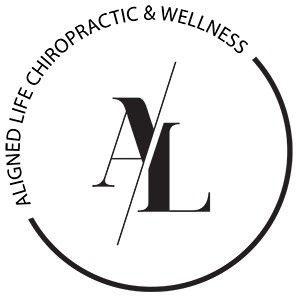How would it feel to wake up each day not knowing if you would
be able to do the activities that are most basic to your human
existence? The condition known as “headache” leaves a staggering
number of individuals unable to care for themselves or their loved ones.
The World Health Organization states that, “Half to three quarters of
adults aged 18–65 years in the world have had headache in the last
year.” Although for many the frequency and severity of headaches are
not a major concern, a very large percentage of people are completely
stopped in their tracks on a regular basis due to this condition. These
heavily affected individuals are commonly forced to either “suck it up”
and get through their day or turn to over the counter drugs or specific
headache medication for relief.
In personally speaking with hundreds of headache sufferers,
many are fed up with a life that is dependent on drugs in order to get
through their week. They also speak of the anxiety that is created due
to the unpredictable nature of their headache frequency. Most
devastating are the negative consequences that the family and friends
of these individuals must endure when headaches strike. In the Global
Burden of Disease Study, updated in 2013, “headache disorders” was
found to be the third highest cause worldwide of years lost due to
disability. It is important to note that the word disability is defined as “a
physical or mental impairment that substantially limits one or more
major life activities.” This means that headaches are not just causing
people pain, but rather, restricting their ability to live out a normal
existence and their purpose.
You may be wondering why so many people are referred to my
office in hopes of ridding themselves of headaches? Fortunately,
through the use of an appropriate screening process, which includes x-
rays of the spine, a corrective chiropractor can determine if the cause
rays of the spine, a corrective chiropractor can determine if the cause
of headaches is a spinal condition. If a person’s headaches are
deemed a result of a spine problem, corrective chiropractic care offers
a drug free, long term solution which also includes a number of other
substantially positive health affects. According to the World Health
Organization, ”Headache disorders are among the most common
disorders of the nervous system.”
Chiropractic is based upon the concept that the nervous system
is the communication system of the body and therefore controls all
functions. The spinal cord, which helps to distribute electrical impulses
or energy throughout the body, is housed and protected by the spine.
When a person exhibits forward head posture, in which the head is
carried forward of the shoulders when viewed from the side, the
posture distortion causes the spine to distort. Once the spine is
distorted, the spinal cord is stressed and the energy moving across the
nervous system, at that affected area, is turned down. Very similar to a
dimmer switch for the lights on your wall. The result, when the spinal
cord stress takes place in the upper neck, is very commonly the
creation of headaches.
The reason why a headache would be produced with upper neck
spinal cord stress is that the nerves that exit from the upper neck
extend upward into the head, face, sinuses, jaws and ears. In support
of this concept, Fernandez et al, in the journal Cephalgia 2006 found
that as forward head posture increases, headache frequency
increases. This study shows that as the amount of posture distortion
increases, the amount of spinal cord pressure increases which results
in an increasing likelihood of headache.
To correct forward head posture and the resulting spinal cord
stress I use chiropractic adjustments to the upper bones in the neck.
This encourages a restoration of the proper alignment of the spine and
posture. I also encourage strengthening of the muscles called the deep
neck flexors. These muscles in the neck are similar to having a “strong
core” when looking to ward off lower back pain. Lastly, the use of in
office and at home forms of traction are vital in creating long term
correction of forward head posture. When utilizing all three types of
care with a patient we very commonly see a significant reduction, if not
complete resolution of their headaches.
The advantage to completely reducing the forward head posture
cannot be understated. For many patients chiropractic adjustments are
effective in getting rid of the symptom of headache in the short term.
However, because the underlying posture distortion and spine
misalignment still exists, the problem returns at a frustrating frequency.
However, through the use of adjustments, functional rehabilitation and
traction, the underlying cause is resolved and therefore the headaches
do not return.


